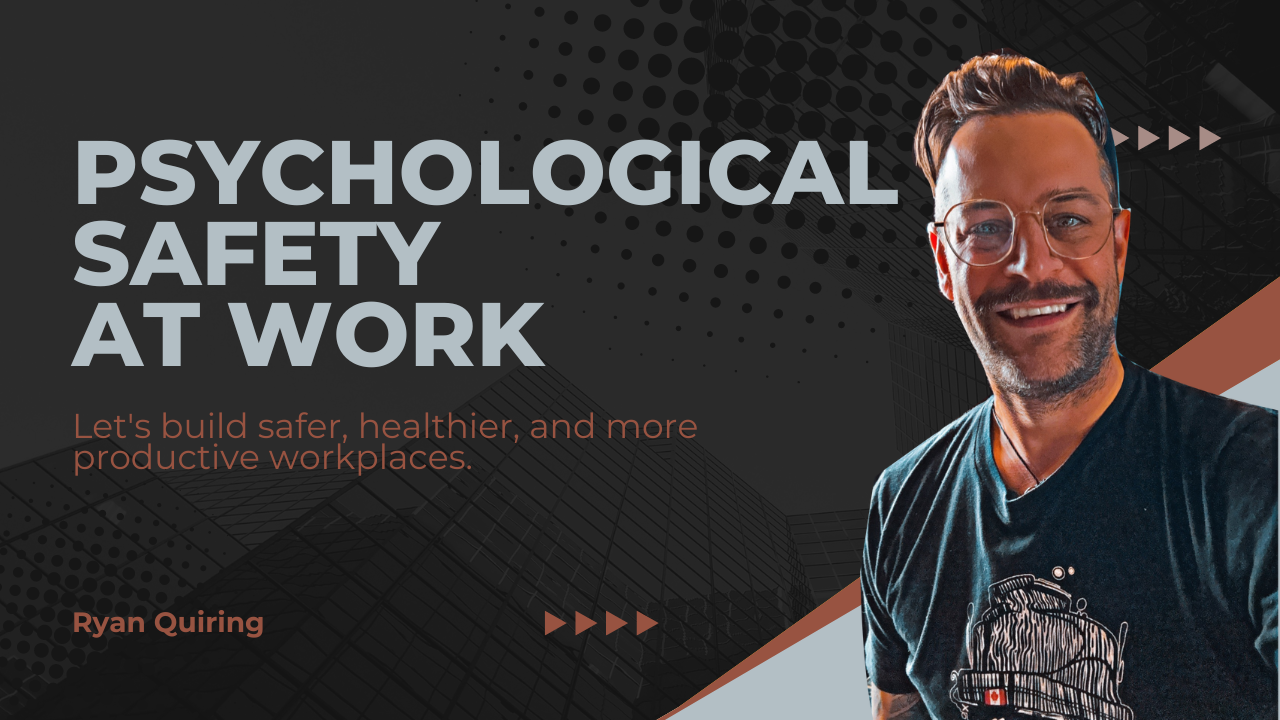I want to tackle a topic that many of us find uncomfortable: failure. But I’m here to tell you that embracing failure is essential for innovation and growth. As someone who’s experienced both successes and failures in my entrepreneurial journey, I’ve come to see failure not as an endpoint but as a crucial part of the learning process.
Let’s start by challenging our cultural narrative around failure. For too long, we’ve seen failure as something to be ashamed of and hide. But this fear of failure is holding us back. It’s stifling creativity, hindering innovation, and preventing personal and professional growth.
So, can we reframe how we think about failure? Instead of seeing it as the opposite of success, let’s view it as a stepping stone to success. Every failure is an opportunity to learn, adjust, and grow. I don’t mean we should be glorifying failure for its own sake, but recognizing that it’s a data point in the larger journey of innovation and personal development.
Now, why is embracing failure so crucial for innovation? Because innovation requires risk-taking, and risk-taking inevitably leads to some failures. If we’re not failing sometimes, we’re not pushing boundaries or trying anything new. And in today’s business climate, staying static is a sure path to obsolescence.
Think about some of the most innovative companies and individuals in history. They didn’t succeed because they never failed. They succeeded because they failed fast, learned quickly, and were fearless in trying again. Thomas Edison famously said, “I have not failed. I’ve just found 10,000 ways that won’t work.” Each ‘failure’ brought him closer to success.
But embracing failure isn’t just about innovation—it’s also key to personal and professional growth. When we’re not afraid to fail, we’re more likely to take on challenges that stretch our abilities. We’re more likely to step out of our comfort zones, volunteer for that difficult project, or speak up with that unconventional idea. And it’s in these moments of challenge that we grow the most.
So, how can we nurture this mindset of embracing failure?
First, we need to separate failure from our sense of self-worth. A failed project doesn’t make you a failure as a person. It’s an event, not an identity.
Next, we need to reframe failure as feedback. Every failure gives us valuable information about what doesn’t work, our processes, and our assumptions. This feedback is gold for improving and innovating.
We also need to celebrate the attempt, not just the outcome. Recognize and appreciate the courage it takes to try something new, regardless of the result.
Creating a ‘safe to fail’ environment is crucial, especially for leaders. This means responding to failures with curiosity rather than blame. Ask, “What can we learn from this?” instead of “Whose fault is this?”
Share stories openly. When leaders and team members discuss their failures and what they learned, failure is normalized as part of the growth process.
Setting learning goals alongside performance goals shifts the focus from pure outcomes to growth and improvement.
Encourage calculated risk-taking. Create opportunities for people to experiment with new ideas in low-stakes situations.
Practice resilience. Failure can be discouraging, but the ability to bounce back is crucial. Develop strategies for managing the emotional impact of failure and maintaining perspective.
Remember, embracing failure doesn’t mean lowering your standards or accepting poor performance. Instead, it’s about creating an environment where people feel safe pushing boundaries and learning from mistakes.
I challenge you to reflect on your relationship with failure. Are you letting the fear of failure hold you back? Are there ‘failures’ in your past that, in retrospect, led to valuable lessons or unexpected opportunities?
Consider sharing a failure story with your team. Talk about what you learned and how you grew from the experience. Doing so will galvanize your team by demonstrating resilience, tenacity, and a commitment to growth.
Remember this: in a rapidly changing world, the biggest risk isn’t failing – staying comfortable and never trying anything new. By embracing failure as a key to innovation and growth, we open ourselves up to incredible possibilities. We create environments where creativity flourishes, where people aren’t afraid to think big and take risks.
So, let’s change the narrative around failure. It is a valuable tool in our journey of growth. When we embrace failure, we embrace our full potential for success.
